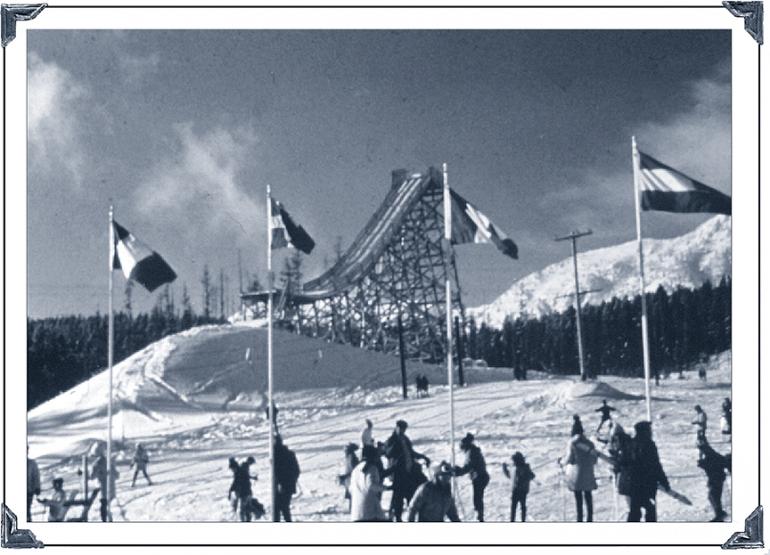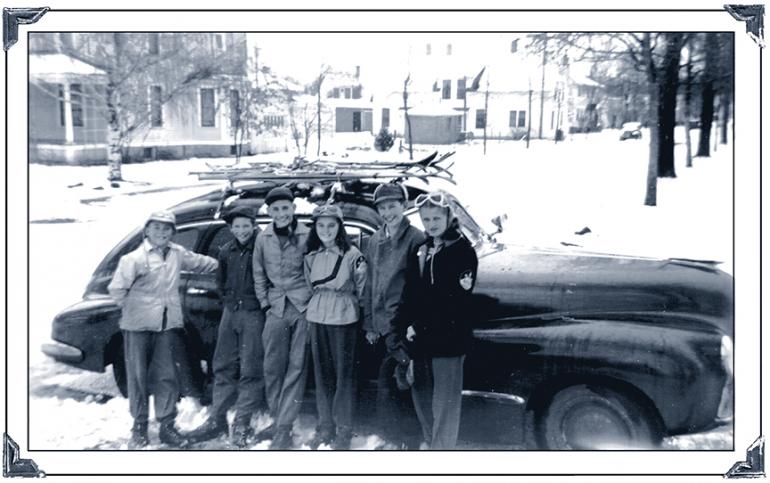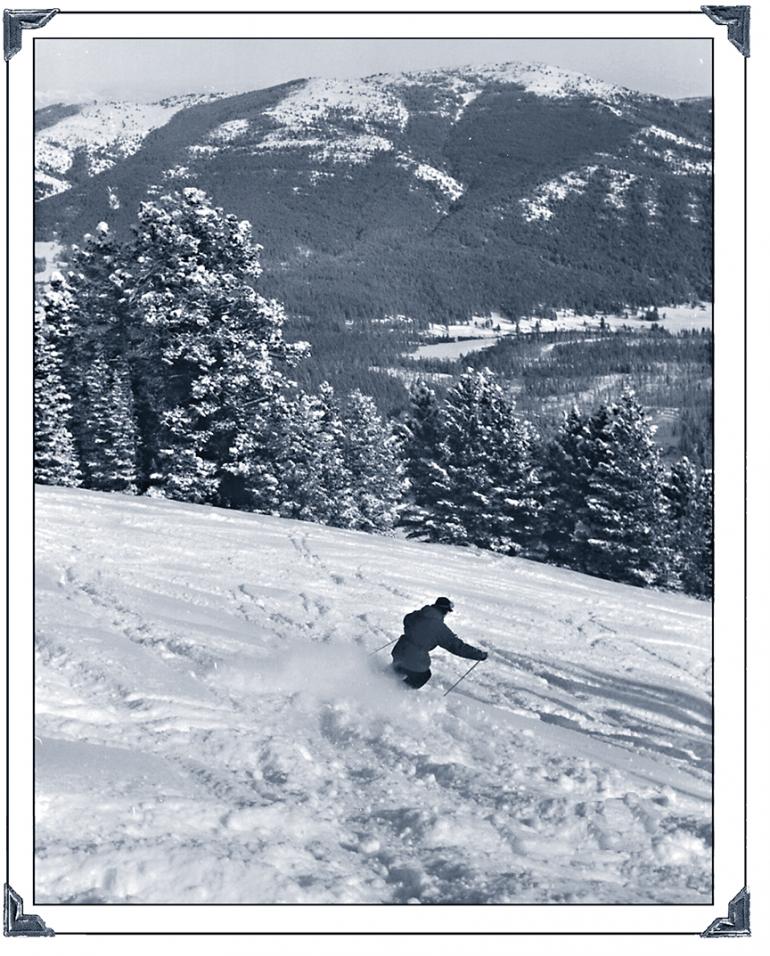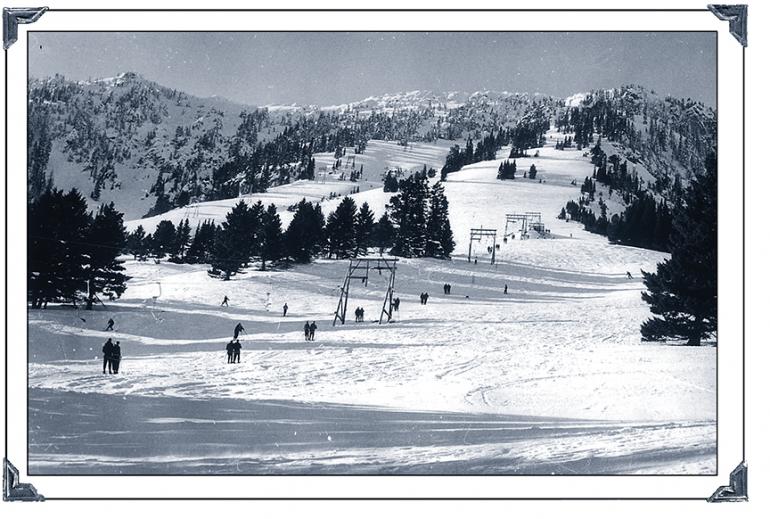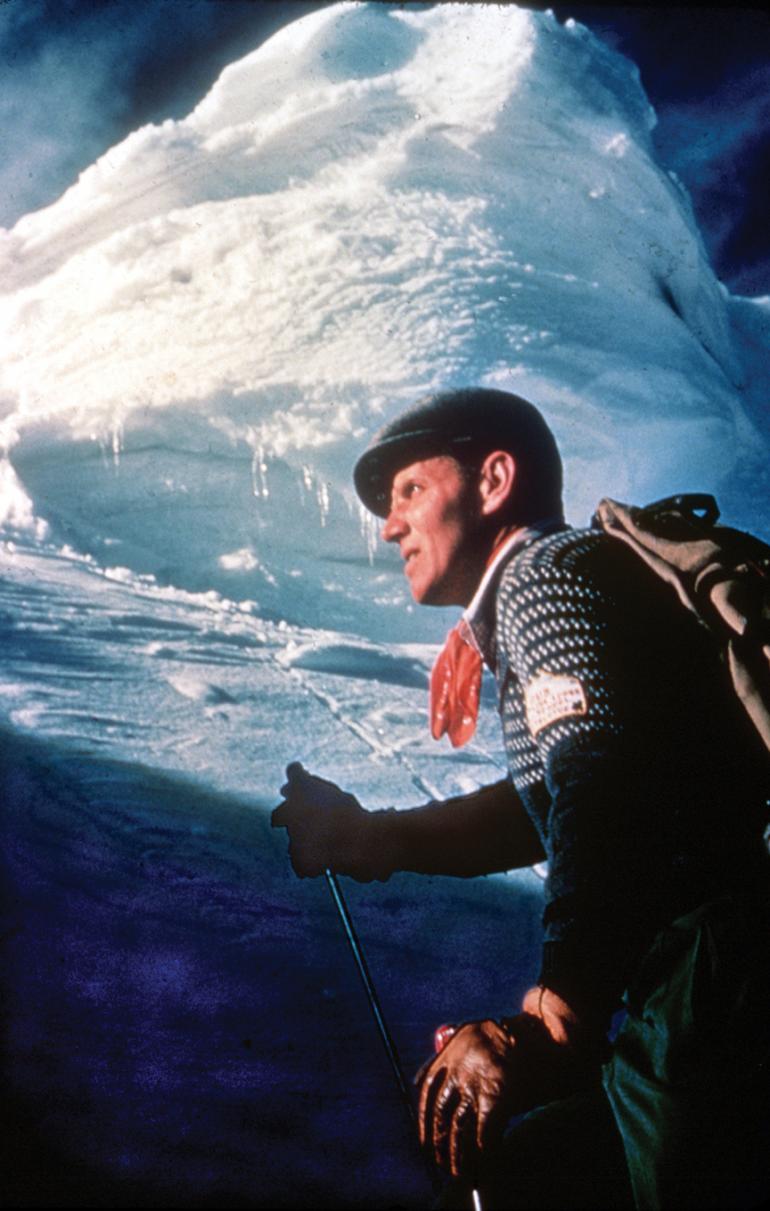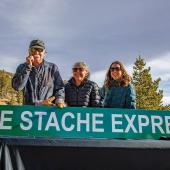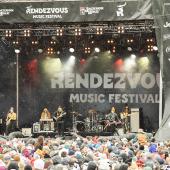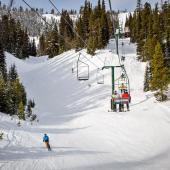My Life as a Pioneer
Remembering the early days at Bridger Bowl.
Once upon a time, long, long ago—with the greatest chagrin I realize I’m talking a half-century here—a magic chariot would arrive at our house on winter Sunday mornings and whisk my brother and sister and me away to an enchanted wonderland where we frolicked all day.
The wonderland was Bridger Bowl, in its earliest years of operation, and the chariot was a gigantic whale, a 1949 Nash, perhaps the largest, most bulbous sedan Detroit ever sent into the world. Like those circus cars clowns pour out of, Al Abelin’s Nash held an unlimited number of skiers, mostly kids, although my mother came once as a curious spectator, bought some used skis, and became a regular in the Nash. Al’s wife didn’t ski and neither did my father—“Someone’s got to earn a living after you all break your legs,” quoth he.
It was never a sure thing that we’d actually make it to Bridger Bowl. The first obstacle was that long hill, the last mile of Bridger Canyon Road before the Bridger Bowl turnoff. Loaded as it was, Al’s Nash could take that hill in any road conditions, but sometimes another driver would get himself stuck crosswise, and then Al would stop, disperse all those kid-bodies to shove the stuck car out of the way, back all the way down the hill, and try again.
The Bridger Bowl access road was longer than it is today, but if there weren’t too many abandoned vehicles, we usually made it to the parking lot. Al’s strategy was to go so early that no one would be stuck ahead of us. That suited us fine—making the first tracks on the mountain bestowed great status in our kid culture. Most mornings we were there before George Ripley (“Rip” to all who knew him) got the lift started.
The lift ride—and the subsequent run back down the mountain—were shorter in those days of yore. That flattish area where the Pierre’s Knob and Deer Park lifts begin? That was the parking lot in antediluvian times. To reach the lift, we hiked up the steep hill to where the Deer Park Chalet is now, bought our tickets, and got in line. The lift ran up along the little ridge just to the north of where the Chalet sits.
I used to assure neophyte friends that there were only three things to worry about with that lift: getting on, staying on, and getting off. The heavy metal T-bars dragged in the snow and were icy and slippery when Rip handed one to you and your partner-for-the-ride. If all went well, it dragged you all the way to the top of the lift, as long as you kept your skis in the tracks and didn’t run into your partner’s. If you crossed your tips, or lost your balance and fell, you’d knock your partner off and probably the folks behind you. The challenge getting off the lift came when the metal bar froze to the butt of your ski pants.
One of the great sports of my misspent childhood was catching “drops”—the T-bars someone else had missed down at the loading area. We did it to save waiting in line, although Al’s middle kid, Doug, specialized in catching drops to avoid buying a 50-cent lift ticket. He’d clamber up the hill and lurk by the lift path until an empty drop came by.
Back then there was no fancy chalet—just an old hunk of World War II–surplus housing with a warming stove made out of an old fuel barrel at one end and a primitive kitchen where a family from Clyde Park peddled homemade treats and hamburgers. Restrooms? Hah! You think it’s hard getting through all the sweater layers to get down to business in a heated restroom? Try it with frozen fingers in an outhouse sometime.
I guess we were pioneers. Not trailblazers like the folks who hiked all the way in back in the 1940s to harvest the potential joy laid down with every heavy snowfall in the bowls at Bridger. But compared to what folks find today when they take that turn off the Bridger Canyon Road—yeah, we were pioneers at a primitive ski area.
Not that we ever sat around congratulating ourselves on our hardy accomplishments. We barely took time to chew our hamburgers before we were off again, riding up the mountain on legs that would be wobbly with fatigue before we’d heed Al’s signal to ski back down to the Nash and head for home. All we knew was that life was beautiful and fun and we had a serious responsibility as Bozeman kids to ski like mad.
Some years later, skiing in New England, I’d hear people tut-tutting as I zoomed past. “Ski in control! Ski in control!” they’d chide me. Bah! Effete Eastern wimps, I’d think, longing for the big sky and carefree (read: inexpensive) days growing up at Bridger Bowl.

